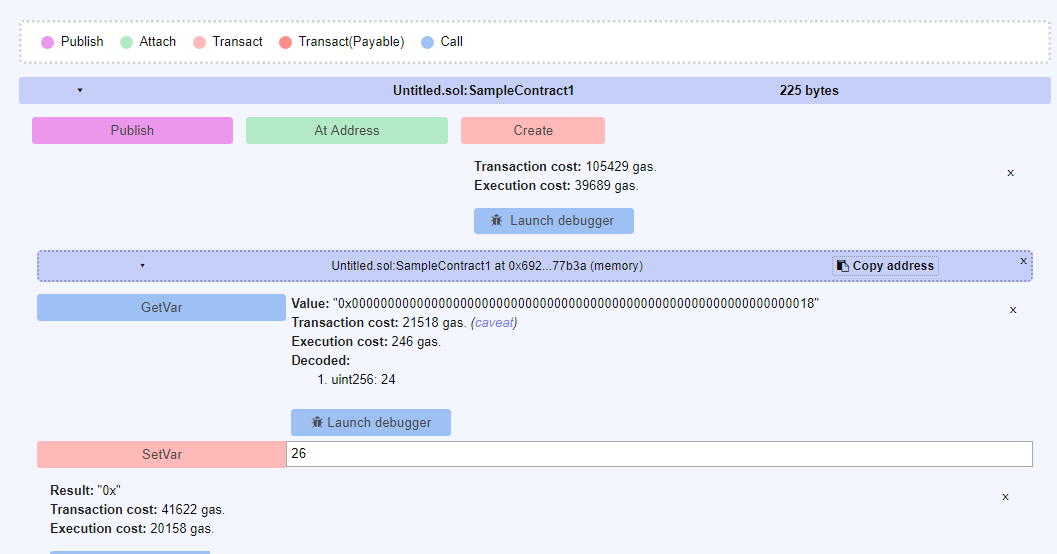1.What Encryption is used in Blockchain ?
Asymmetric Encryption.
2. What is Asymmetric Encryption ?
It’s an encryption technique which uses public key and private key to encrypt /decrypt data. It’s also called Public Key cryptography.
3. How does Asymmetric Encryption works ?
Assume there are two participants A and B , where A wants to share a message to B . To encrypt and share the message over the network the following happens.
a) Both A and B creates their own public key and private key .
b) Generated public key is shared between two parties , i.e A knows B Public key and B knows A Public key.
c) When A wants to encrypt the message , then A encrypts the message with B Public key(message + B Public key) , which can be only decrypted by B with it’s private key.
4) How is Asymmetric Encryption / Public key cryptography used in Blockchain ?
Whenever a transaction is recorded between two parties A and B ,then following rule applies
Encrypted message = F(M, Privatekey (A)) will always be equal to F( Encrypted message, publickey(A)).
5) How are Public / Private Key generated ?
It’s generated via RSA Algorithm , In specific ECDSA algorithm is used to generate random prime numbers that influences decision making of RSA.

